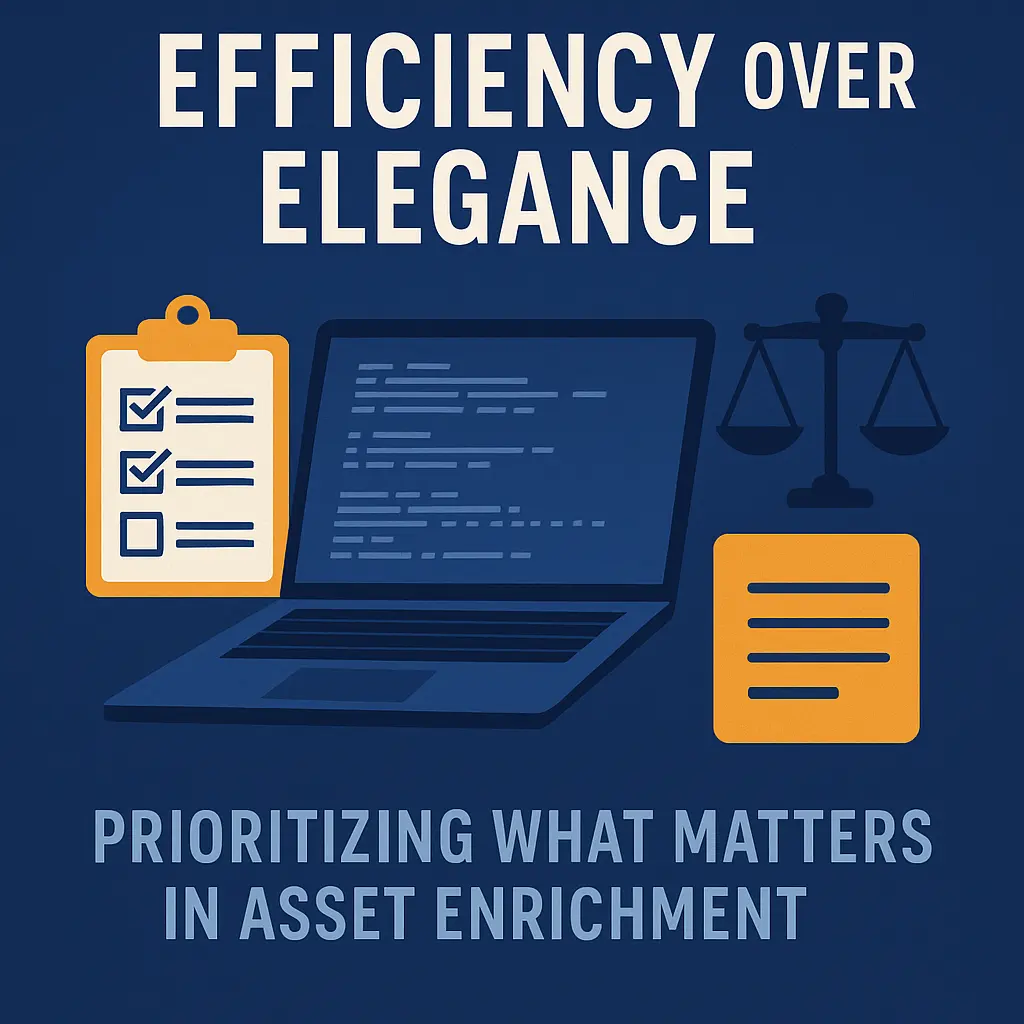In large-scale OT environments, asset discovery tools can surface thousands of devices across multiple sites—each with varying levels of metadata, classification accuracy, and visibility. It’s tempting to clean everything up to perfection, but is that always the best use of time and talent?
The Trade-Off
With limited bandwidth and incomplete context—especially when tribal knowledge is thin—teams must make a strategic decision:
Do we aim for perfectly groomed metadata, or prioritize operational momentum?
In many cases, striving for full precision early on leads to diminishing returns. If a device is broadly categorized well enough to support visibility, zoning, or alerting, then deeper refinement may not offer meaningful security value—at least not right away.
Why ‘Good Enough’ Can Be the Right Call
- Functional visibility beats cosmetic uniformity.
- Tool-generated data is often sufficient to move the needle.
- Over-indexing on manual cleanup slows down deployment and tuning.
This isn’t a call to ignore accuracy—it’s a reminder to focus energy where it drives impact.
What to Prioritize Instead
- Gaps that impact response – Unknown roles, ambiguous communication paths, or incomplete zone mapping.
- Metadata that influences detection logic – Especially device types, criticality ratings, or network segment placement.
- Key operational assets – Focus on high-value or high-risk nodes tied to critical processes.
A Framework for Smart Enrichment
- Let tools handle the first-pass categorization.
- Define which fields are required to support security posture.
- Apply human input where tool output creates ambiguity—not just where it lacks polish.
- Save deep cleanup efforts for a later phase when resources allow.
Closing Thought
In OT Cybersecurity, speed and scale demand strategic focus. When teams prioritize efficiency over elegance, they maintain momentum, reduce burnout, and concentrate effort where it actually improves security.

Leave a Reply